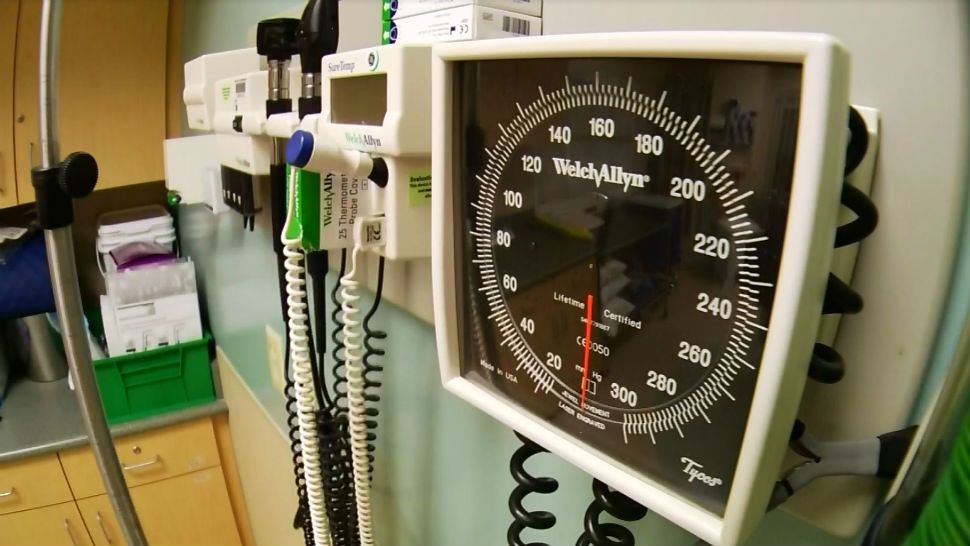Added expenses for the state’s health care program for the poor has contributed to a $6.1 billion budget gap, according to a mid-year update released on Friday by Gov. Andrew Cuomo’s budget office.
The report, released weeks after legally mandated deadline was blown, points to increases in the minimum wage, a phase out of added funding by the federal government and an increase in enrollment and costs for managed long-term care and payments to cash-distressed hospitals.
The report indicates the Cuomo administration is developing a savings plan with the Department of Health to avoid piercing the global cap for Medicaid.
“Savings may include across the board reductions in rates paid to providers and health plans, reductions in discretionary payments, and other actions that can be executed administratively in the current fiscal year,” the report states.
Separately, the Medicaid Global Cap has a structural imbalance and, without savings, the Division of Budget expects the state-share of spending in the program could exceed the indexed growth amount by $4 billion.
New York spends the largest share of its budget each year on health care, followed by education — both often considered sacred cows for lobbyists and advocates. Added to the budget woes is the political dimension of all 213 seats in the Legislature being up for re-election next year.
The budget is expected to pass by the end of the fiscal year, March 31.



